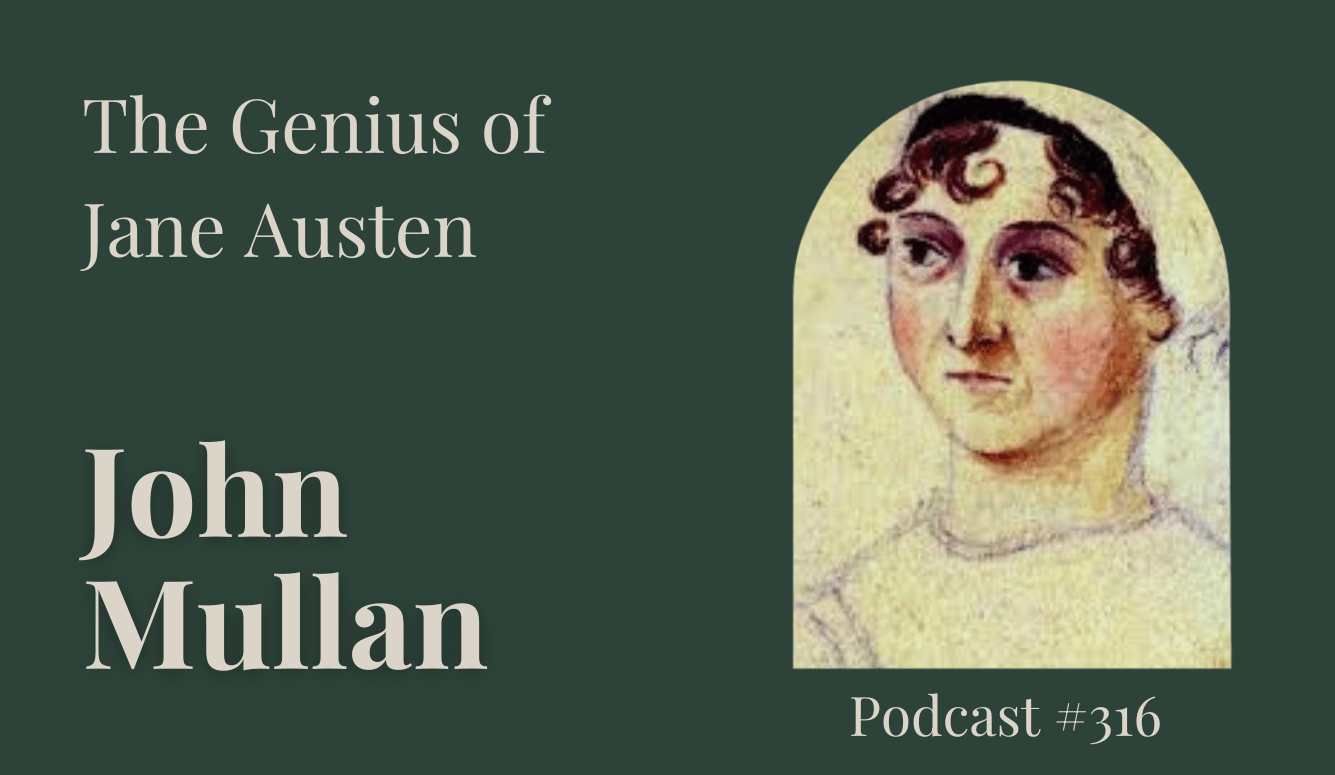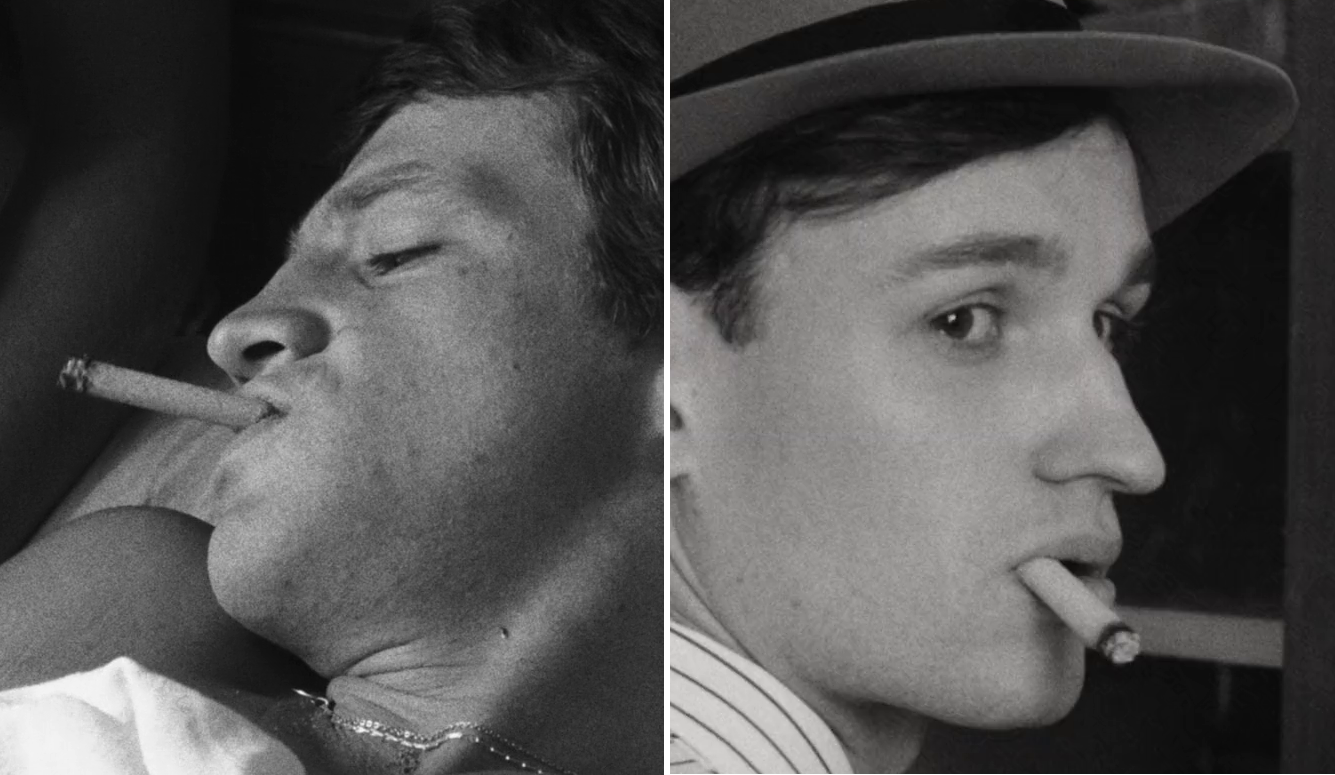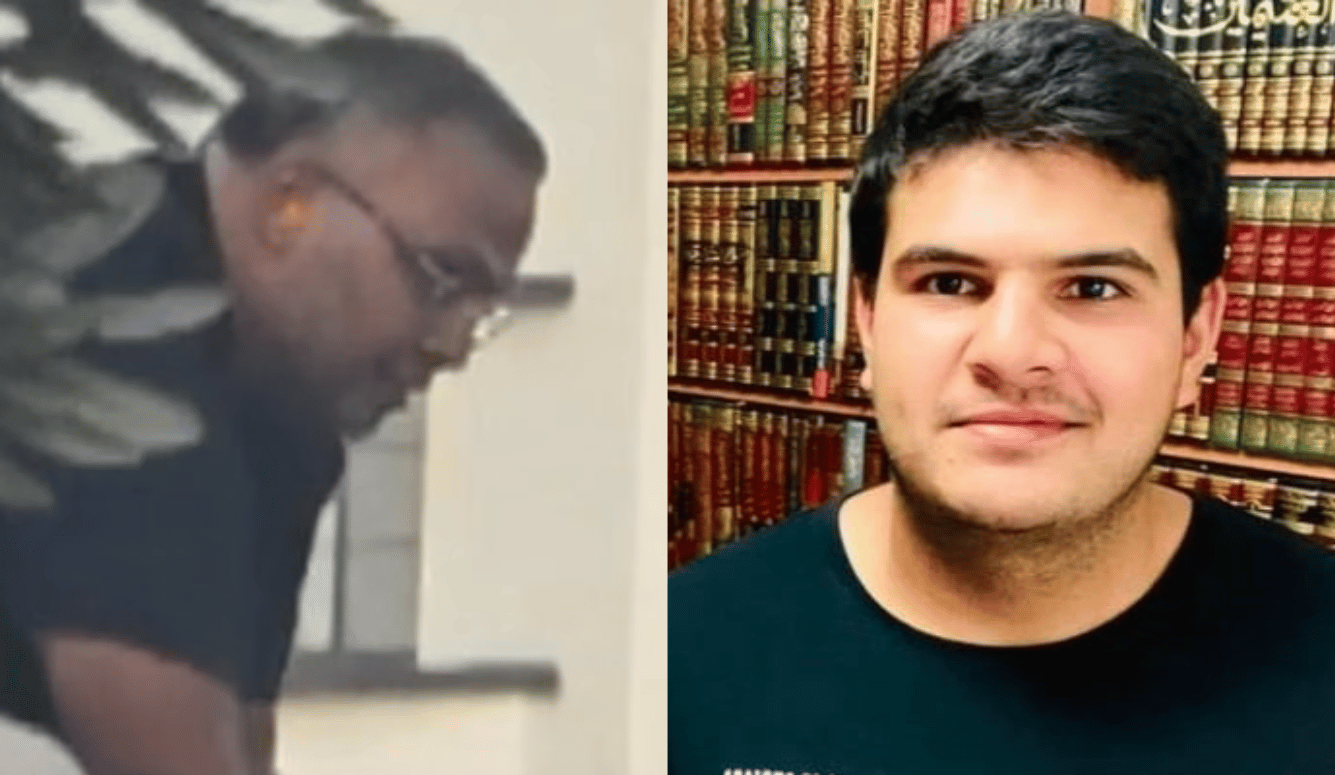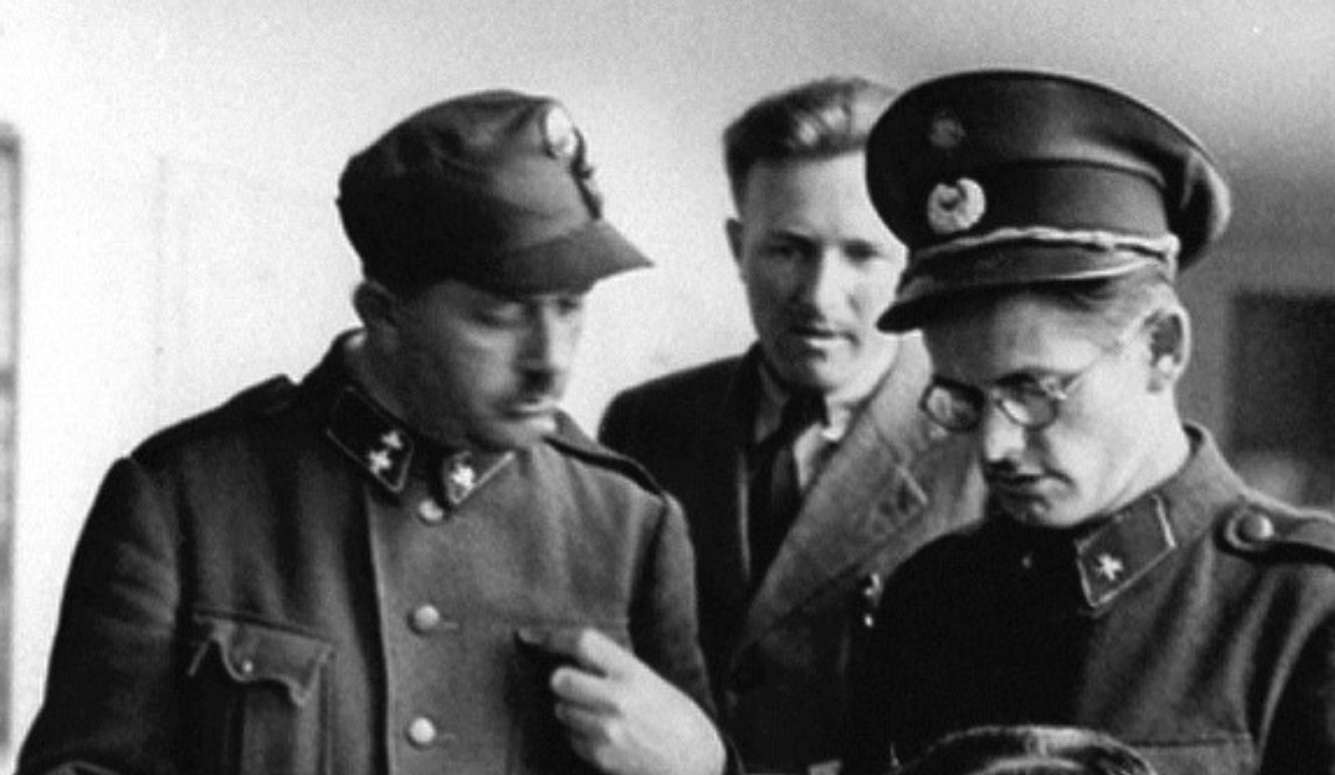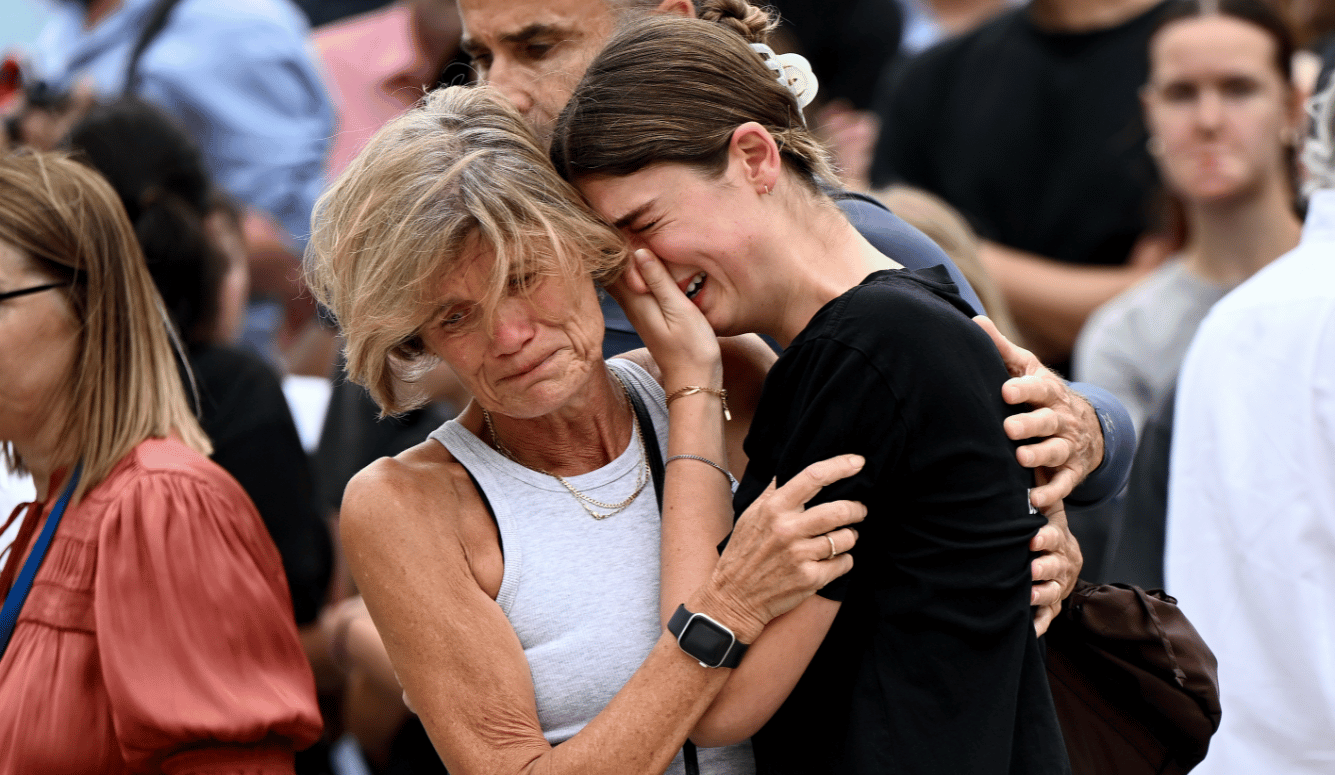Zoroastrianism
The Women Excluded from Parsi Life
The Zoroastrians of India are a tiny and rapidly shrinking group. Yet they exclude women who marry out and their offspring from their community.
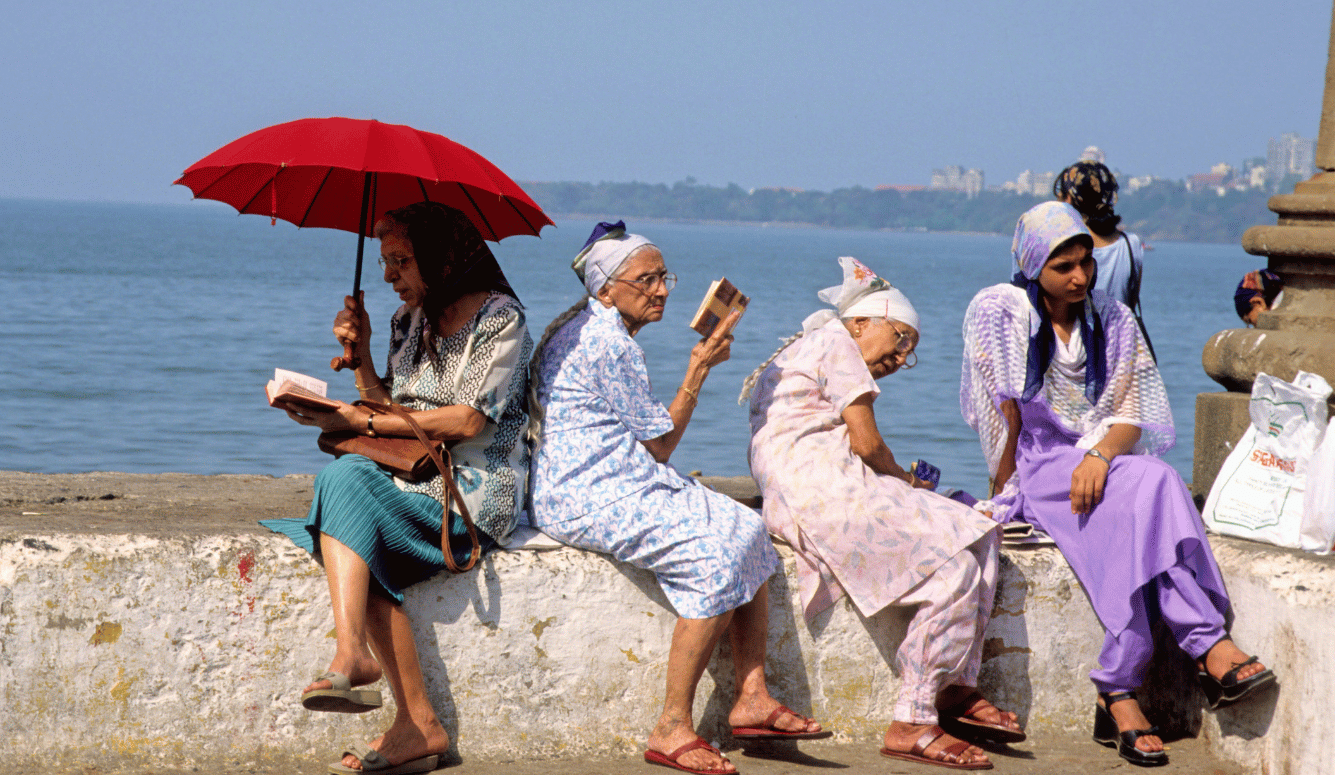
While growing up as a Parsi in Bombay, I was often told that we were the most progressive and egalitarian community in India. In 2001, the literacy rate among Parsis was 99.1 percent versus India’s average of 61 percent. This is not surprising, because the Parsis were one of the first groups to advocate and fund education—and particularly women’s education—in India. Founded in 1848, the Parsi-run Students’ Literary and Scientific Society built nine schools, enrolling around 1,200 Parsi girls, as well as a few Hindu girls. Parsis also have historically high female literacy levels—a 2009 report showed that fifteen percent of Parsis aged 21–30 were pursuing advanced degrees: eleven percent of males and eighteen percent of females undertook masters- and doctoral-level studies.
Although we may see ourselves as especially progressive, I have since realised that it’s only part of who we are. Despite our shrinking numbers, women are discouraged from marrying outside the community and face significant discrimination when they do. Since roughly half of all Parsi (men and) women have married non-Parsis, this means that a quarter of our population in India—and their children—are no longer officially counted as Parsis. In 2009, two intermarried Parsi women even found themselves cut off from the right to attend their own parents’ funerals. Since the Indian Constitution guarantees freedom of religion, these women—Gulrokh Gupta and her sister Shiraz Patodia—petitioned the Supreme Court of India for this basic right. In 2017, the Court found in their favour, but the fight for marital equality between Parsi men and women has barely begun.
The Parsis are the descendants of Zoroastrians who migrated to India between 600 and 1100 AD, during and after the Arab conquest and Islamisation of Persia, travelling across Afghanistan or navigating the Straits of Hormuz in small groups. The local Hindu population referred to the Zoroastrian migrants as Parsis, i.e. people from Pars (Persia). The resilient refugees settled first in Gujarat and later in Bombay, Karachi, Lahore, Ahmedabad, and other cities. Over the centuries, they worked first as farmers and later as shopkeepers, traders, accountants, and bankers, forming a successful middleman minority that flourished during the British colonial occupation of India. Prior to 1874, there was no distinction between Parsis and Zoroastrians. In that year, an Englishman, Rev Archibald Henry Sayce (1845–1933) coined the word “Zoroastrianism” to describe the religion founded by the Prophet Zoroaster, whose adherents may have any ancestry. Today, the word “Parsi” denotes a race or ancestry, while “Zoroastrian” refers to a follower of the religion hailing from India, Iran, or elsewhere.
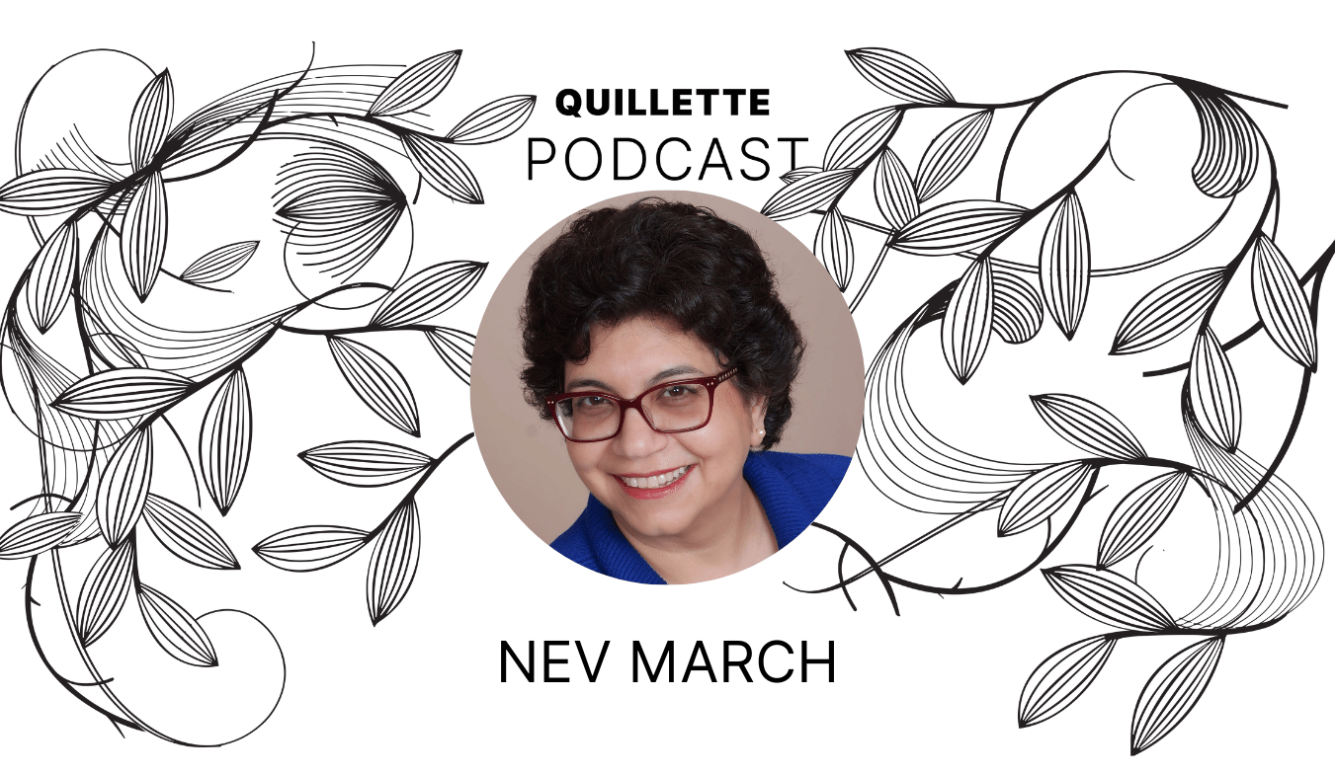
The 1941 Indian census counted 114,890 Parsis, primarily living in Bombay. However, by 2011, the Parsis in India had dwindled to 57,264, a number that had shrunk to an estimated 37,000 by 2023. This decline is usually attributed to the community’s aging demographic profile, caused by the late or non-marriage of members and their low fertility rates, as well as by migration out of India. An estimated 60,000 Parsis live in the diaspora, especially in the English-speaking world, with around 25,000 in the US; 7,000 in Canada; 4,000 in the UK; 3,000 in Australia; and 1,500 in New Zealand. A further 10–15,000 live in the ancestral homeland of Iran. However, the most obvious cause of the precipitous decline in the Parsi population—the deliberate expulsion from the community of 25 percent of Parsis and their descendants—is generally ignored.
Intermarried Parsi women in India are excluded from many of the benefits of community membership. They cannot receive funds from Parsi charitable trusts for education or medical help, nor are they entitled to housing within one of the Bombay Parsi baugs. The baugs are enclaves, some of them gated, built by philanthropists in the 1800s to house the growing Parsi community. They contain bungalows, row houses, and apartments, arranged around gardens featuring community halls, fire temples, cricket pitches, and convenience stores, in quads reminiscent of those of an Oxford or Cambridge college: oases of calm amid the chaos of India’s second largest city.
Originally, they were assigned to low-income families, but these effectively rent-controlled properties have become highly desirable: a bonanza for the select few whose families have handed their tenancies down over the generations. Since these verdant colonies were built for Parsis, intermarried women cannot inherit the right to live there, nor can they live in them with their non-Parsi spouses.
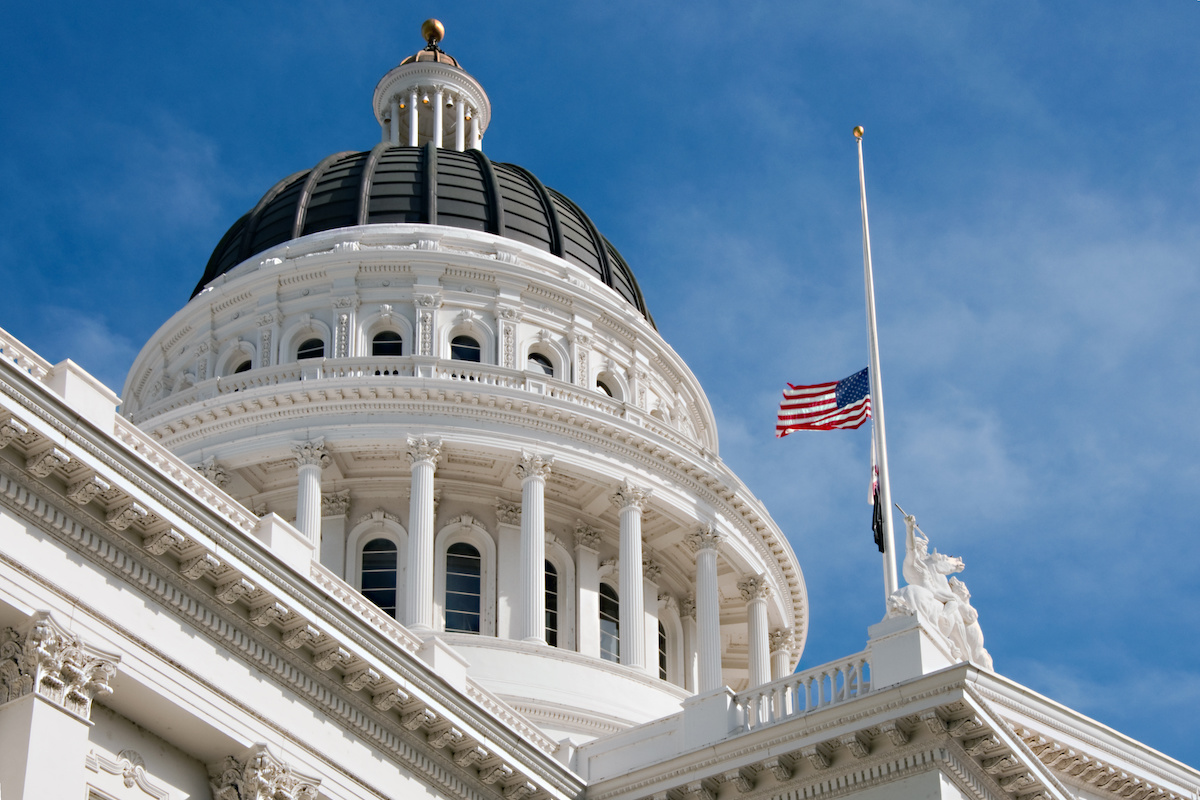
These properties are managed by a community organisation known as the Bombay Parsi Panchayet (BPP). The word “panchayet” means group of five, which was historically how Indian villages were governed. The BPP was established by the British Governor Gerald Aungier in 1672 so that community affairs and disputes could be managed by local leaders. At the time, it had quasi-legislative and judicial powers. Over the following centuries, the governing committee of BPP grew to first twelve and then eighteen members. Presently, seven members are elected to serve seven-year terms by the roughly 25,000 Parsis living in Bombay. BPP is a charitable trust and is the city’s largest private landlord, with over 5,500 residences and properties. The trust owns a significant number of rent-controlled homes, as well as running a subsidised Parsi seniors’ home. As the custodian of community funds, the BPP determines which members of the community it will support and which it will not. It also represents the community politically in national and governmental matters, alongside the Zoroastrian representative on the Commission for Minorities. Funded by generations of donors through the centuries, the BPP provides a number of benefits, which are restricted to “Parsi Zoroastrians.”
How does one get that designation? Zoroastrian identity is established by a religious ceremony called the navjote, which is somewhat analogous to the Catholic First Communion, Protestant Confirmation, or Hindu Janev ceremony, in which Brahmin boys are invested with a sacred thread. The word “navjote” is a Latinised form of the Parsi Gujarati compound of nav (new) and jote (reciter [of prayer]). Jote is also the Gujarati word for light, spark, or flame. (In Iran, this ceremony is known as sudreh-pushi.)
A child typically has their navjote ceremony at age five, seven, or nine—it is generally performed before puberty. It is unclear when this tradition began. While ninth–twelfth-century Zoroastrian religious texts contain instructions for the ceremony, it is also described in an earlier text, the Vendidad, which is considered to have originated before the eighth century BCE. Wearing a shawl and white satin pyjamas, the navjotee is brought before assembled family and friends, and seated in front of the priest who wears the traditional white linen jamo (long tunic-like garment). The priest then recites prayers and benedictions, exhorting the initiate to follow the path of goodness, after which he invests the child with the religious garments: their first sudreh (a white muslin undershirt) and kusti (a twine woven of lambswool), which he winds around their waist. The child repeats the prayers, memorised over long hours of practice, announcing to the gathering that he or she accepts the religion of the Prophet Zarathustra. The women of the family then form a privacy barrier and dress the child in a new suit or dress. The child is garlanded and receives hugs and presents from rejoicing parents, family, and friends. The festivities are usually concluded with a feast. After the navjote ceremony, Zoroastrians are considered full members of the religious community and only then can they enter the Parsi agiaries (fire temples).
Though many diaspora Parsi communities are far more liberal, in India priests do not publicly perform the navjote ceremony for mixed-race children, especially if the father is the one who is not a Parsi. This means that children of mixed marriages often cannot enter fire temples. The gates of these structures bear prominent signs proclaiming, “No admittance to non-Parsis,” and the entrances are often guarded. Parsi women who have married out of the faith are also excluded from the fire temples—even to attend their own loved-ones’ funerary services.
For centuries, the Zoroastrians have practised sky burial: exposing corpses to the elements to be consumed by vultures on the top of structures known as Towers of Silence (they resemble giant upside-down colanders). The Towers are often located in secluded forested areas. The ones in Bombay are nestled within a verdant pocket of hillside, entrance to which is barred to non-Parsis. While only a few selected pall bearers accompany the bodies all the way to the Towers of Silence, the deceased’s family traditionally takes part in a two-day farewell retreat during which funerary prayers are recited in special halls (bunglis), giving families a chance to grieve together and comfort each other. Intermarried Parsi women are excluded from these gatherings.
When Gulrokh Gupta and her sister Shiraz Patodia each married a Hindu man, they were told that they would be barred from attending the last rites of their own parents. The sisters sued the Anjuman Parsi Trust of Valsad in the Indian state of Gujarat, which manages the local fire temple. In 2017, after an eight-year legal battle, they finally won the right to enter the fire temple to attend prayers for their parents at their deaths. However, this success did not result in their gaining other religious rights. They could attend their parents’ last rites but were otherwise barred from the fire temple and could not themselves be given a sky burial.
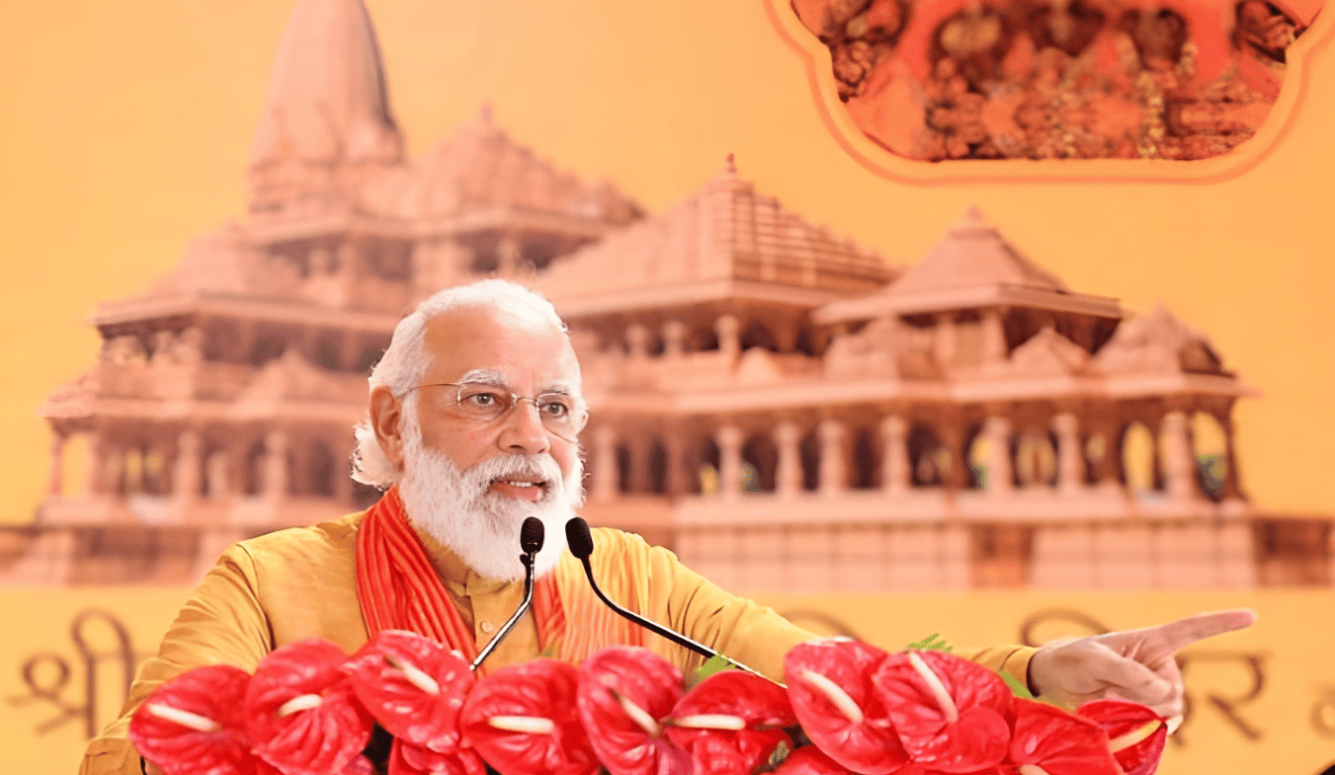
Orthodox Parsis oppose intermarriage because they want to preserve the Parsi bloodline or perhaps—given the considerable achievements of Parsis within Indian society—this is an attempt to bathe in the reflected glory of descent from illustrious ancestors. But while such an attitude may seem like a relic of a more illiberal time, as Prochy Mehta has pointed out, the taboo against intermarriage is actually relatively new. Until around 1830, Mehta contends, intermarriages were common and widely accepted—an argument that is backed up by DNA evidence of ethnic mixing among Indian Parsis, around a quarter of whose DNA is typically South Asian. The idea of Parsi racial purity, then, is a myth. But then why, after centuries of intermarrying with local populations, did this community turn inward and forbid intermarriage?
In the mid-nineteenth century, a number of Protestant and Anglican missionaries were active among India’s Zoroastrian communities. Farshid Namdaran has traced the history of fifteen male Parsi converts to Christianity over the period 1839–1900. The Parsi community, Namdaran reports, responded with general outrage to these men’s baptisms and the converts were ostracised. It is likely that community elders were horrified by the conversions—they were seen as betrayals, repudiations of the Parsi community. By the late 1800s, Parsi numbers were already diminishing so the loss of young men to another faith must have terrified the Parsi elders. Their response was to double down on Parsi identity. Accepting a non-Parsi spouse was now seen as diluting the community’s cultural heritage, its parsi-panu. It became taboo to leave the religion, whether through conversion or intermarriage, for both men and women.
There were also legal hurdles to intermarriage at the time. In India, each religious community was governed by a separate civil code, an arrangement dating back to the British Raj and still largely in place today. Hindu marriage, divorce, succession, adoption, and inheritance cases are adjudicated according to the Hindu Marriage and Divorce Act. Muslim personal and family disputes are litigated under the Muslim Marriage and Divorce Act. The Parsi Marriage and Divorce Act of 1865 stipulated that both the bride and groom had to be Parsi. Individuals of different faiths could wed under the 1872 Special Marriage Act—but only if they renounced their religions. Therefore, Parsi men and women who married outside the faith were considered lost to the community. As a result, each Parsi family tree contains a large number of unmarried aunts, uncles, great aunts, and great uncles, many of whom must have relinquished the chance of marital happiness in order to remain part of the community. This tragic situation improved somewhat after Indian Independence in 1947, since the amended Special Marriage Act of 1954 allows intermarried partners to retain their own religious identities.
But regardless of the injunction against inter-religious relationships, Parsis did have children with non-Parsi partners. In fact, on two significant occasions, the children of Parsi fathers and non-Parsi mothers (but not vice versa) were accepted into the fold en masse through group navjotes performed by respected priests, hence setting the precedent for a double standard that persists to this day.
On 26 June 1882, a group of priests that included the now-venerated Dastur (‘Reverend’) Jamshed Kukadaru performed the navjotes of nine poor male and female dockworkers from Mazagaon (now part of Bombay), ranging in age from 35–77, as well as of two children. All of these people were the offspring of Parsi men and Hindu women. It is likely that the mothers of these dockworkers were also the common-law spouses of Parsis and would not have been able to marry, since their partners would have had to renounce their status as Parsis under the Parsi Marriage Act in order to legalise their unions. A group of them had petitioned Dastur Kukadaru, who was priest of the Mazagaon fire temple near Mazagaon docks. By performing this group navjote, the respected Dastur and his priestly colleagues conferred upon these dockworkers the benefits that they were entitled to because of their parentage. Their Parsi paternity was not in question. By performing the navjotes, the priests indicated that Parsi paternity was sufficient to overcome the deficiency in their (non-Parsi) maternity and—in the case of the children—the illegitimacy of their births.
To understand why the priests were willing to perform this group navjote for illegitimate children, one must recall that until the 1900s the practice of child marriage was common. Many individuals were married at the age of three by their parents. Later, as adults, many couples found themselves incompatible. Bigamy and adultery were common. Since only the wealthy could sue for divorce, children born out of wedlock were likely accepted as Parsis. Some believe that, at the time, the offspring of Parsi women were automatically considered Parsi, since their maternity was obvious. However, by officially accepting the progeny of Parsi fathers as Parsi—independently of the ethnicity of their mothers—this group navjote effectively made Parsi identity patrilineal and set the stage for sex discrimination.
In 1942, just before Indian Independence, the prominent Wadia and Banaji families sponsored the navjotes of 77 people in Vansda, Gujarat. The converts were known to be illegitimate children of Parsi men. The surname “Sethna” is considered indicative of such paternity, since it translates to “of the seth” (landowner). The Vansda incident did not go down well with the conservative community. Twenty thousand Parsis petitioned the Bombay Parsi Panchayet to condemn the navjotes, but—not wishing to antagonise the wealthy sponsors—the matter was quietly tabled. Hence, the children of Parsi men came to be automatically considered Parsi. The children of Parsi women, however, were only considered Parsi if their fathers were also Parsi. By 1942, this double standard had already become codified through two landmark lawsuits.
The first of these cases was the 1908 Petit v Jijibhai lawsuit, which caused a deep divide within the community. Many influential Parsis supported the plaintiffs: Suzanne Brière, a Frenchwoman who had converted to Zoroastrianism, and her husband, prominent Parsi businessman Ratan D. Tata. The couple sued the Panchayet on the grounds that Brière should be allowed access to fire temples and other places of Zoroastrian worship. An orthodox group led by Sir Jamsetji Jijibhai claimed that since Brière was not a Parsi she was excluded from such community benefits. The two judges—Justice Daver (a Parsi) and Justice Beaman (an Englishman)—agreed. British Indian law did not support women converts who had married into the community. However, Parsis unanimously accepted the couple’s children, since they had a Parsi father. Most Parsis now proudly claim kinship with their son, the late illustrious J.R.D. Tata (1904–93): philanthropist, industrialist, aviation pioneer, and chairman of the Tata conglomerate.
The Bella v Saklat case involved a mixed-race orphan, “Bella,” who had been adopted by an elderly Parsi called Saporji Cowasji, in Rangoon. In 1915, Cowasji tried to arrange for the girl to be initiated into the Zoroastrian faith through a navjote. However, the trust that owned the local fire temple refused to recognise her as a Parsi, since her biological father had not been Parsi. (He was an Anglo-Indian Christian.) Cowasji sued, and the case dragged on for a decade. There was no firm evidence that Bella’s deceased mother had been Parsi, although Cowasji gave testimony under oath that she had the appearance, speech, and manner of a Parsi woman.
A decade later, in 1925, the UK Privy Council, the highest court in the UK, ruled that Bella should be treated as a Zoroastrian convert, rather than the child of a Parsi mother. In their lordships’ view, “as regards the racial claim, maternity had no importance.” Thus, a woman who sought to be accepted into the community—and a century earlier probably would have been accepted without question—was denied entrance. By that point, her adoptive father had died, and there was no one left to fight her cause. However, while the case was still being heard, Bella married a Parsi man under the terms of the Parsi Marriage Act, as a Parsi—an especially ironic ending to the saga, since the legal precedent set by her lawsuit continues to disadvantage Parsi women to the present day.
In the 1940s, another tragedy rocked the community when beautiful socialite Rattanbai (Ruttie) Petit, the daughter of Sir Dinshaw Petit, eloped on her eighteenth birthday with an erudite Muslim man twice her age: her father’s politician friend Mohammed Ali Jinnah, who was to become the first prime minister of the Islamic Republic of Pakistan. Furious, her family rejected her. Ruttie found it impossible to live with Jinnah’s orthodox Muslim family and left her husband, taking her eight-year-old daughter with her. Her parents refused to speak to her following her elopement and she became dependent on old acquaintances for support. For a woman, marrying outside the faith was still unforgivable, it seemed. Finally, the philanthropic Tata family, whom she had known since childhood, allowed her to live at the Taj Mahal Hotel, which they owned. She died there a few years later at the age of only 29.
In 1959, India was rocked by the case of K.M. Nanavati v State of Maharashtra, which led to seismic changes to Indian judicial procedure. The Parsi naval officer Kawas Manekshaw Nanavati shot and killed his wife’s lover, Prem Ahuja, and then turned himself in to the local police and confessed his crime. The trial produced sensational headlines in the newspapers, which generated enormous public sympathy for the cuckolded husband. When the Indian jury delivered its not-guilty verdict on the grounds of “grave and sudden provocation,” the press was accused of having influenced public opinion in order to subvert justice, and Prime Minister Jawaharlal Nehru’s government of newly independent India abolished the practice of trial by jury in India. Almost all legal cases in India are now decided by judges’ rulings.
However, the Indian legal system confers on religious minority communities their own specific rights and obligations with regard to certain matters, including marriage. In effect, this creates parallel legal systems. Although India no longer has a jury system, the law permits one court alone to continue to hold jury trials: the Parsi Matrimonial and Divorce Court. Here, the only court in India that has trial by jury gives its verdicts on alimonies and divorces for Parsi couples. The bench of five jurors is drawn from a set of twenty representatives nominated by the Bombay Parsi Panchayet: the nominees are generally overwhelmingly male. All other Indian marriage courts uphold divorce decrees from other countries. However, the Indian Parsi Marriage and Divorce Act does not recognise the jurisdiction of any other court, making divorce difficult, expensive, and hard to litigate for Parsi women. The Parsi Matrimonial Court is under the jurisdiction of the Bombay High Court, but also involves a jury. The jury (members of the Parsi community, who—given the size of the community—may know the families involved personally) discuss the case and give their majority opinion, and then the judge pronounces the final order, using his own judgment. However, although the court calls fifty cases on each court date, it typically rules on fewer than ten of these per session, deferring the unfinished cases to future sessions, which means that litigants often have to make repeated court visits. In addition, matters are often deferred for years since the Parsi jury only meets once every quarter, and only if all members are available. Both these factors make litigation time-consuming and expensive.
In June 2023, Prime Minister Narendra Modi’s administration proposed instituting a Uniform Civil Code that would apply to Indians of all religions. The Panchayet, together with many Parsis, immediately opposed the motion. In the community’s Parsi Times magazine, Noshir Dadrawala opposed the Uniform Civil Code because the Indian Constitution allows “religious communities to follow their respective personal laws.” In fact, a UCC would allow Parsi couples a quicker path to divorce and more equitable settlements. It would allow Parsi divorce matters to be heard by an Indian matrimonial court and improve an onerous process.
Most Zoroastrian communities outside India accept converts to Zoroastrianism. In North America alone, twenty-seven Zoroastrian associations in major cities hold religion classes and build strong community bonds among Parsis through service projects. In 2010, sixty percent of North American Zoroastrians were intermarried, and their children had generally been welcomed into the faith—regardless of whether it was the father or the mother who was Parsi. The North American diaspora made further strides toward the equality of the sexes when women were accepted as mobedyars (lay priests). The small Zoroastrian communities in Australia and Europe are equally vibrant.
In the homeland, change has been far slower. In 2017, when Goolrokh Gupta won the right to enter the fire temple to attend her own parents’ funerary rites, the Indian Supreme Court commented that, even if you marry outside the faith, “DNA does not evaporate.” Goolrokh won her case—but Parsi women still don’t have equal rights for themselves or their children. In 2021, a Parsi woman who is married to a non-Parsi filed a discrimination lawsuit in the Indian Supreme Court on behalf of herself and her seven-year-old son. That case has yet to be decided.
Will the Uniform Civil Code bring Parsi traditionalists into the twenty-first century kicking and screaming? Or will members continue to uphold a double standard that has allowed them to discriminate against Parsi women for generations? Will the Indian Parsi community maintain a rigid adherence to the mid-nineteenth century patriarchy, unwilling to risk their millennia-old parsi-panu, in a vain attempt to retain “pure” bloodlines? Or will they sacrifice this dogma and exhibit the resilience and adaptability they claim for themselves by implementing an equal treatment of their daughters? I hope so. If not, I fear that this can only end when the last few Zoroastrians make their lonely way into empty fire temples, and a unique community that upholds ancient traditions and yet has made astonishingly meaningful contributions to modern Indian life, goes extinct at last.

